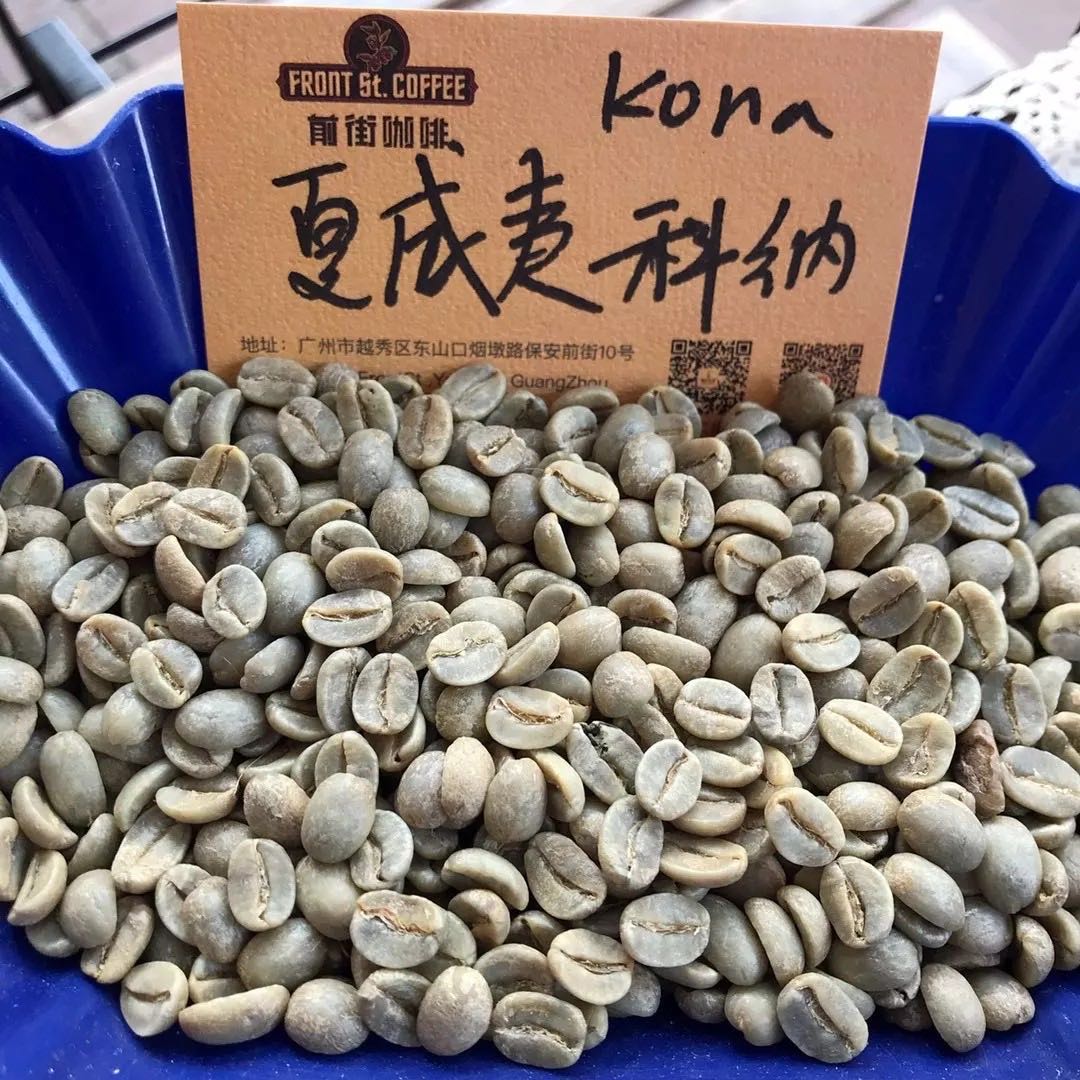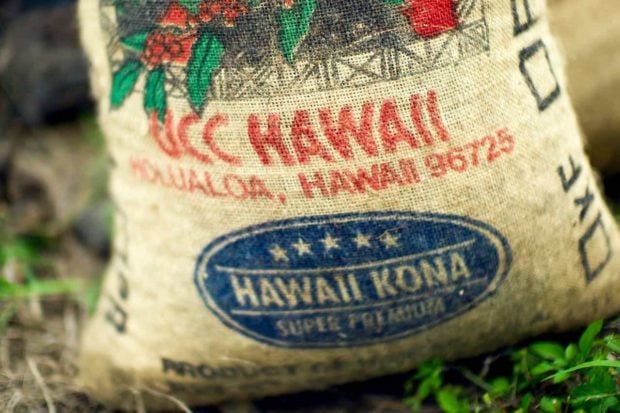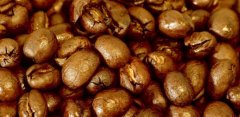Hawaiian Coffee rating Kona blend is Kona Coffee? How to prevent Kona Coffee scam
Here are some expert opinions about Kona coffee and the grade standard of Kona coffee.
Rating and commenting on coffee is a complex and subjective task. For example, coffee beans are constantly changing, and the preparation method also has a great impact on the final product. We use the ratings provided by the coffee review, which gives many coffees around the world a score of 100 according to descriptive categories such as aroma, acidity, mellow, flavor and aftertaste.

In 2016, Paradise Roasters's Puna Coffee won 96max 100, making it one of the highest given by the site. The 2016 Top 30 list also lists two other types of coffee from Hawaii, both made by Hula Daddy Kona Coffee.
The following is the legal classification of Kona Hawaiian coffee:
According to the factors affecting quality, the harvested beans were classified into type I (highest grade), II type and III type (from the highest quality to the lowest quality).
The following is a further classification of each type:
TYPE I:Kona Extra Fancy 、 Kona Fancy 、 Kona Number 1 、 Kona Select 、 Kona Prime .
TYPE II:Peaberry 1, Peaberry Prime.
TYPE III, also known as Triple X.
Extra Fancy-these are the best Kona beans: clean, uniform color, excellent baking quality, but only as many as 8 complete defects per 300g. Type I is 19 yards, while II is 13 yards.
FANCY-like Extra Fancy, these are clean Kona beans with uniform color and good baking quality, but with up to 12 complete defects per 300g. The I type is 18 yards and the II type is 12 yards.
Kona Number 1-beans that are still clean, uniform in color and above average in baking quality, but with up to 18 complete defects per 300g. Type I is number 16, while type II is number 10. This is the last top Kona bean.
HAWAII SELECT-the first major rule of the Kona band is that "there should be no bad aroma or taste" and that defective coffee beans should not exceed 5% of the total weight. It is the best of the intermediate Kona beans.
HAWAII PRIME-it has the same fresh aroma and flavor rules as Kona Select coffee beans. The belt allows defective coffee beans up to 20% of the total weight. It's not particularly fancy, but it's not just your "premium" grocery selection coffee.
TYPE III, also known as Triple X-legumes, still have clean aroma and flavor rules, but the defective rate is slightly higher. They are not even considered Kona coffee. This is due to the high quality standards of Hawaii!
HAWAII NATURAL PRIME-although there are no strict requirements for the color, baking quality and size of these coffee beans, only up to 20% of the weight is allowed to be defective. The restriction is to protect the name of Hawaiian coffee.
HAWAII MIXED NATURAL PRIME-this is the lowest quality Kona coffee. It's exactly the same level as the Natural Prime, although it's more like a coffee mixture.

Kona industry liar
"is the Kona mix the real Kona?"
Hawaiian coffee has a good name. If you want the best in the country, Kona won't let you down. Keep in mind, however, that using only the Kona name makes coffee beans easier to sell.
It's easy to claim to be Extra Fancy Kona, but sometimes the only "fancy" thing about fake sellers is their packaging.
This is why some sellers take advantage of claiming 100% Kona, when in fact these coffee beans are better suited to the Kona mixture category.
So what is the Kona mixture? Well, according to Hawaiian law, blended coffee only needs to contain at least 10% Kona coffee!
Therefore, it is best to stay away from the Kona mixture to avoid poor quality beans and those who add other things to the mixture to mask the flavor.
A real Kona coffee will be labeled with a number on the sack before it is exported, indicating that it has been certified by the Hawaiian Department of Agriculture with other official seals.
The Kona coffee beans of Qianjie Coffee have been certified, and the taste of good coffee is no worse than that of roasted coffee. The main thing you get from roasted coffee is balanced, warm and sweet nectar, brewed coffee with mulberry aroma, and the aftertaste is a kind of soft and sweet malt. Cold down is a cup of mulberry tea.
Important Notice :
前街咖啡 FrontStreet Coffee has moved to new addredd:
FrontStreet Coffee Address: 315,Donghua East Road,GuangZhou
Tel:020 38364473
- Prev

Why are Kona coffee beans famous for the five growth factors round beans are? Authentic Kona coffee bean flavor
Why are Kona coffee beans famous? Delicious coffee takes many small miracles to form the best flavor characteristics of Kona coffee beans. Under certain conditions, coffee factories focus on creating quality seeds to maintain the species. At this stage of development, the acid and sugar of beans have more time to develop. Kona is one of the few places of origin in the world, plus volcanic soil.
- Next

Introduction of Hawaiian Coffee Bean Flavor characteristics of Hawaiian KONA Coffee Bean producing area Information
What is Kona coffee? Kona Coffee is a world-renowned producer of Hawaiian gourmet coffee. Coffee beans found on the big island grow in South Kona-also known as the Kona Coffee Belt. On this side of the island, the climate and geography are very suitable for growing coffee. The best Kona produces clear, sweet, low-acidity cups.
Related
- Detailed explanation of Jadeite planting Land in Panamanian Jadeite Manor introduction to the grading system of Jadeite competitive bidding, Red bid, Green bid and Rose Summer
- Story of Coffee planting in Brenka region of Costa Rica Stonehenge Manor anaerobic heavy honey treatment of flavor mouth
- What's on the barrel of Blue Mountain Coffee beans?
- Can American coffee also pull flowers? How to use hot American style to pull out a good-looking pattern?
- Can you make a cold extract with coffee beans? What is the right proportion for cold-extracted coffee formula?
- Indonesian PWN Gold Mandrine Coffee Origin Features Flavor How to Chong? Mandolin coffee is American.
- A brief introduction to the flavor characteristics of Brazilian yellow bourbon coffee beans
- What is the effect of different water quality on the flavor of cold-extracted coffee? What kind of water is best for brewing coffee?
- Why do you think of Rose Summer whenever you mention Panamanian coffee?
- Introduction to the characteristics of authentic blue mountain coffee bean producing areas? What is the CIB Coffee Authority in Jamaica?

